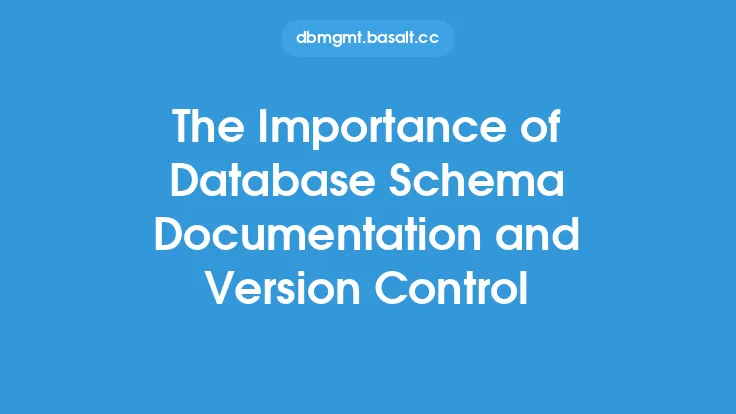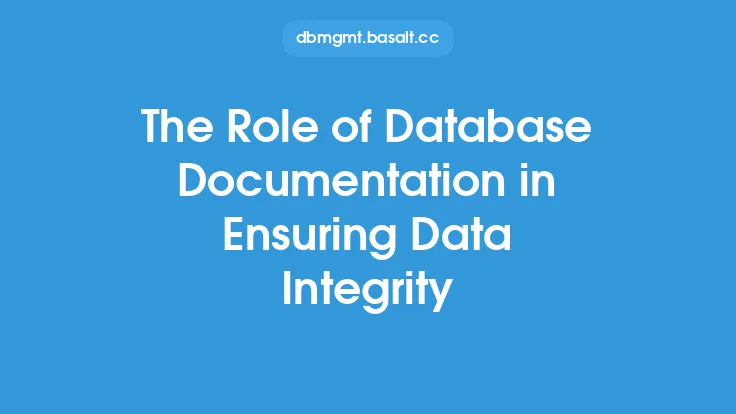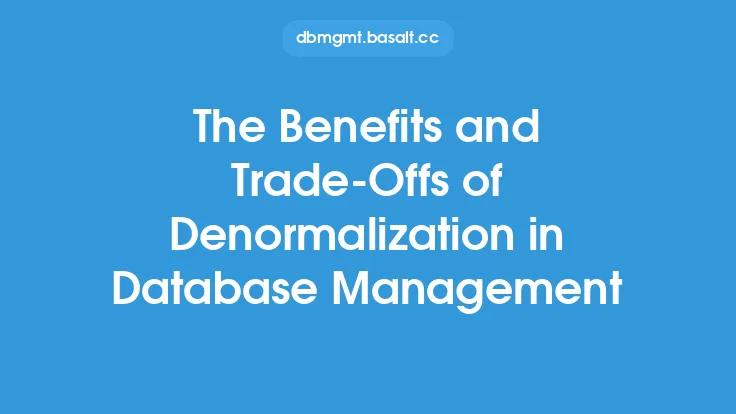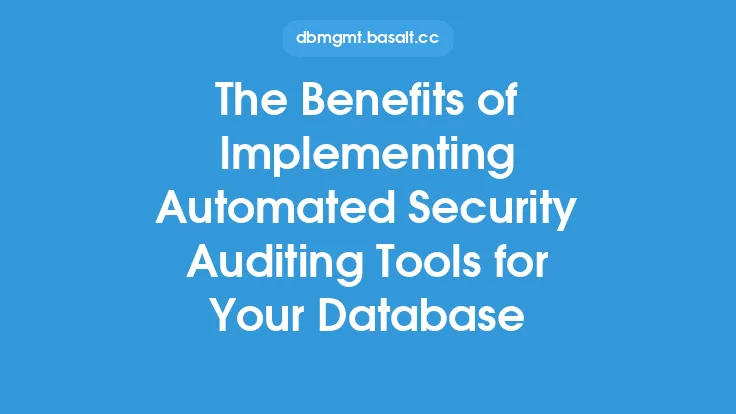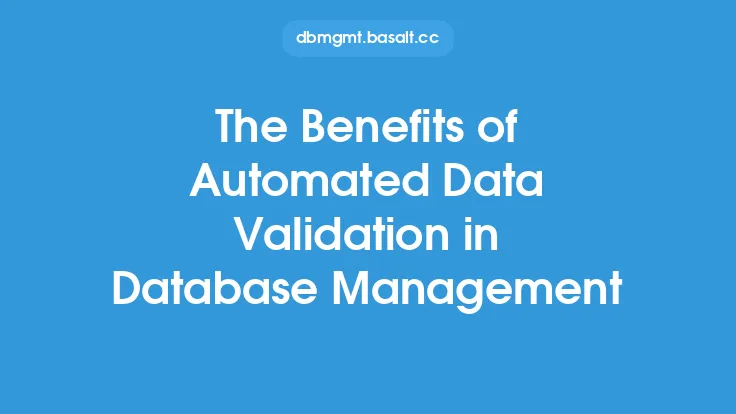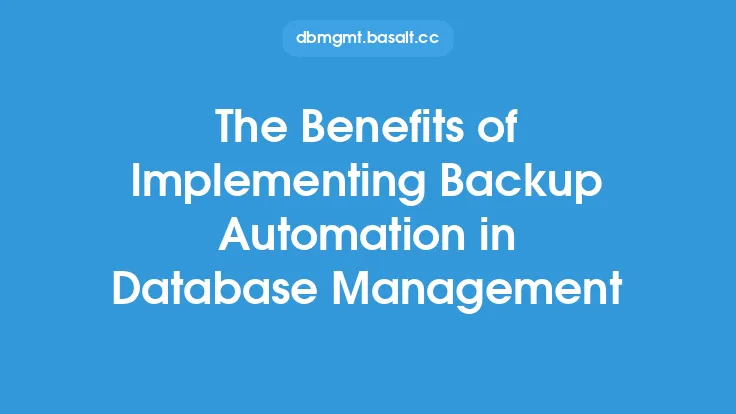Centralized database documentation is a crucial aspect of database administration, as it provides a single source of truth for all database-related information. This approach to documentation offers numerous benefits, including improved data consistency, reduced errors, and enhanced collaboration among team members. In a centralized database documentation system, all relevant information about the database is stored in a single location, making it easily accessible to authorized personnel.
Introduction to Centralized Database Documentation
A centralized database documentation system typically consists of a repository that stores information about the database structure, including table definitions, relationships, indexes, and constraints. This repository can be a dedicated database, a wiki, or a documentation management tool. The key characteristic of a centralized system is that it provides a single point of access to all database documentation, eliminating the need to search for information across multiple locations.
Benefits of Centralized Database Documentation
The benefits of centralized database documentation are numerous. One of the primary advantages is improved data consistency. By having a single source of truth, database administrators can ensure that all documentation is up-to-date and accurate, reducing the risk of errors caused by outdated or inconsistent information. Centralized documentation also facilitates collaboration among team members, as everyone can access the same information, reducing misunderstandings and miscommunications.
Another significant benefit of centralized database documentation is the ability to track changes and updates to the database. By storing all documentation in a single location, database administrators can easily track changes to the database structure, making it easier to identify and resolve issues. This is particularly important in large, complex databases where changes can have far-reaching consequences.
Technical Aspects of Centralized Database Documentation
From a technical perspective, centralized database documentation can be implemented using a variety of tools and technologies. One common approach is to use a database management system (DBMS) to store documentation about the database. For example, a DBMS like MySQL or PostgreSQL can be used to store information about the database structure, including table definitions and relationships.
Another approach is to use a documentation management tool, such as Confluence or SharePoint, to store and manage database documentation. These tools provide a centralized repository for storing and managing documentation, making it easy to access and update information.
In addition to these tools, centralized database documentation can also be implemented using version control systems, such as Git or Subversion. These systems provide a way to track changes to documentation over time, making it easy to identify and resolve issues.
Best Practices for Implementing Centralized Database Documentation
To implement centralized database documentation effectively, several best practices should be followed. First, it is essential to establish a clear and consistent documentation standard, ensuring that all documentation is written in a consistent style and format. This makes it easier for team members to understand and use the documentation.
Second, it is crucial to ensure that all documentation is up-to-date and accurate. This can be achieved by implementing a regular review and update process, ensuring that documentation is updated whenever changes are made to the database.
Third, access to centralized database documentation should be restricted to authorized personnel, ensuring that sensitive information is protected from unauthorized access. This can be achieved by implementing access controls, such as user authentication and authorization.
Conclusion
In conclusion, centralized database documentation is a critical aspect of database administration, offering numerous benefits, including improved data consistency, reduced errors, and enhanced collaboration among team members. By implementing a centralized database documentation system, database administrators can ensure that all relevant information about the database is stored in a single location, making it easily accessible to authorized personnel. By following best practices and using the right tools and technologies, database administrators can create a comprehensive and accurate documentation system that supports the effective management of the database.
